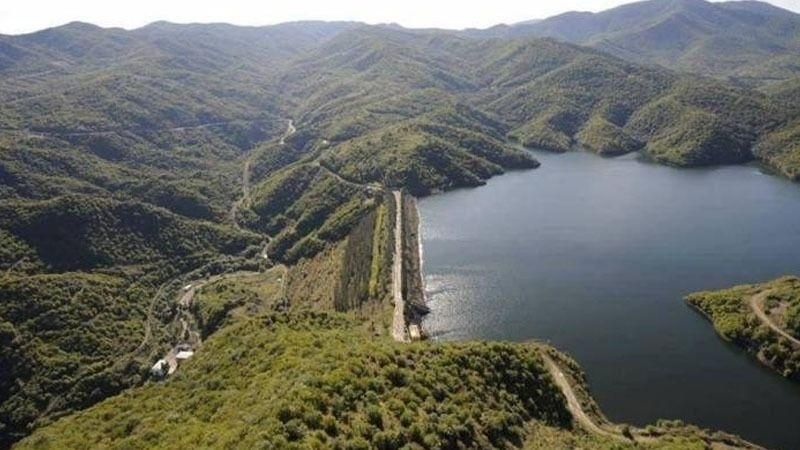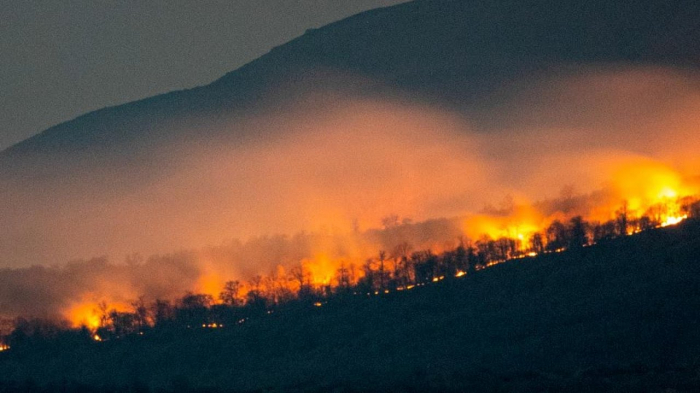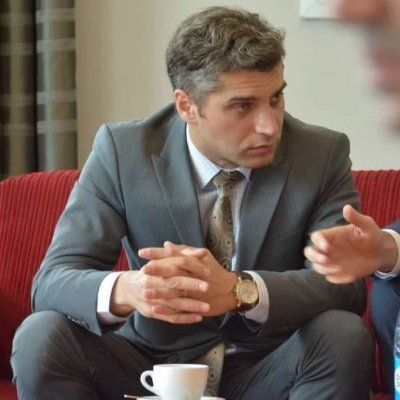Armenian ecocide is next target of bringing disaster to region

Armenia, which is constantly causing concern to the environment, terrorizing not only people, but also nature and ecology, which is an integral part of it, has been on the agenda in recent days with the metallurgical plant that it started to build illegally in the area bordering with Azerbaijan’s Nakhchivan Autonomous Republic (AR).

Armenia intends to continue the environmental terror it has carried out in our occupied lands for more than 30 years at the border with the Nakhchivan AR. According to estimates, the annual production capacity of the aforesaid metallurgical plant built in the village of Arazdayan is over 180,000 tons. This means quite a lot of waste and toxic gas. Although the Azerbaijan Republic has repeatedly appealed to international organisations, no serious measures have been taken in this regard. Despite all this, Azerbaijan cannot turn a blind eye to this kind of environmental crime.
It should be emphasized that by building a large metallurgical plant in the area, Armenia once again grossly violates international legal norms and principles, especially the Convention of the UN Economic Commission for Europe on environmental impact assessment in a transboundary context. According to the convention, if such projects have a negative environmental impact on the territory of other countries, this activity should be agreed with the relevant institutions of that country. In other words, Armenia, as a member of the Espoo Convention, had to ensure the participation of our country in the procedure of assessing the impact of the project on the environment before starting the mentioned activity. However, the so-called Yerevan authorities are accustomed to such illegal actions, so they persistently continue their activities that can cause serious damage to the environment.
The Republic of Azerbaijan respects the internal affairs of each country. Armenia's internal economic and political issues also apply here. However, if the problem is related to the proximity of the border and the rivers, lakes and other natural elements shared between the two states, Azerbaijan's indifferent approach here is considered impossible. Of course, if the pollution caused by the metallurgical plant is not important for official Yerevan, and the health of its population is not important, then they can build the plant far from the borders of Azerbaijan, in the depths of Armenia.
Armenia should not forget that the territory of Arazdayan, where the metallurgical plant was built, is also the historical land of Azerbaijan. For this reason, the sensitive approach of the Azerbaijani public to the ecological situation of these areas is understandable and logical. The members of the West Azerbaijan community, who were once displaced from their homeland, will return to different regions of Armenia, including Arazdayan, when the time is appropriate.
The mentioned metallurgical plant also seriously threatens the already scarce drinking water resources in the region. World experience shows that 4 thousand cubic meters of water are used to produce one ton of non-ferrous metal. Only 34% of metallurgical industry waste is completely disposed of, while the remaining 66% remains forever in the environment as waste.

The pollution of other environmental terrorist incidents committed by Armenia, especially Okchuchay, has been on the agenda for a long time.
The Okhchuchay River, an 83-km left tributary of Araz River, has a basin area of 1,175 square kilometers. The river begins on the Zangazur ridge's Gapijig mountain (3,285 meters).
The river flows through liberated Zangilan into the Araz River, with the majority of it located in Armenia's Syunik region (Azerbaijan's historical Zangazur District).
Because of transboundary water flows, approximately 70 percent of Azerbaijan's groundwater resources are formed in neighboring countries. The transboundary river Okhchuchay, which serves as a collector of industrial waste in Armenia, is constantly polluted by waste from the Kapan and Gajaran mining industries.
Industrial wastewater is discharged into the river untreated, which occasionally increases the level of pollution. As a result, these water resources are deemed unfit for use on Azerbaijani territory. Furthermore, Okhchuchay flows into Araz, the second-largest river in the South Caucasus, and pollution has a direct impact on its quality and water reserves.
On April 12, President Ilham Aliyev stated at a meeting dedicated to the results of the first quarter of 2022 that a special report on Armenia's environmental terror against Azerbaijan was prepared and adopted a few years ago by the Parliamentary Assembly of the Council of Europe.
He stated that the rivers in Azerbaijan’s Karabakh were occupied and mercilessly exploited by Armenians. “The catastrophe of the Okhchuchay River is before the eyes of the world now. We have raised this issue,” the President said.
“Cronimet” is the company that contaminated the Okhchuchay River. It is a large company, and according to some foreign media, it had an illegal business relationship with representatives of Armenia’s former president Serzh Sargsyan, the former junta regime using corruption schemes. Together they operated the copper plant there.

All the mentioned facts once again show that Armenia is not an independent state in the region, but a predatory and terrorist regime that is fighting for the acquisition of what is temporarily in its hands. When Armenia left the occupied territories after the Second Karabakh War, the damage they caused to nature was a scene that showed their true character.
---
Elnur Enveroglu is AzerNews’ deputy editor-in-chief, follow him on @ElnurMammadli1
Follow us on Twitter @AzerNewsAz
Here we are to serve you with news right now. It does not cost much, but worth your attention.
Choose to support open, independent, quality journalism and subscribe on a monthly basis.
By subscribing to our online newspaper, you can have full digital access to all news, analysis, and much more.
You can also follow AzerNEWS on Twitter @AzerNewsAz or Facebook @AzerNewsNewspaper
Thank you!

